(The following travelogue on Nepal is based on the series ‘See More Nepal’ written and directed by me for Travel Trendz TV.)
Here, heritage lives. It is revered and celebrated. It embodies not just the culture and the traditions of the land, but epitomises a way of life. It is a source of pride and forms the crux of many conversations. The grandeur takes you by surprise, the intricacy holds you in awe and the legends leave you spellbound. Welcome to Heritage Country, Nepal.
Nepal, with more than 60 linguistic groups, has always nurtured the reputation of being a country of contrasts, where gods and mortals live together. A rugged terrain protected by the Himalayan peaks also adds to its rich diversity and traditions. The geographic contrasts are wondrous at the same time appalling – you find tropical jungles, frozen peaks and high altitude deserts – all within this mountain-clad country. Besides predominance of Hinduism in the south and Buddhism in the north, there exists also Shamanism, Tantrism and other animistic rites.
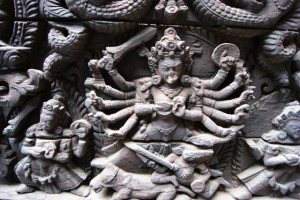
Kathmandu, the capital of Nepal, is the commercial nerve centre as well as the gateway to its throbbing tourism industry. Situated in a valley surrounded by hills, the picturesque city is also renowned as the land with the largest congregation of magnificent monuments and temples ever built. The city is a treasure trove of history and architectural marvels holding some of the finest examples of craftsmanship in stone, metal and wood. Religion and art play a very important role in the Kathmandu Valley. Art, most of the time – be it painting or sculpture, dance or any other rituals – is dedicated to the deification of a favourite god. Anywhere you visit you find paintings of gods and goddesses in their different avatars and poses. These gods are usually shown in their peaceful manifestations and at times vengeful, spitting wrath.
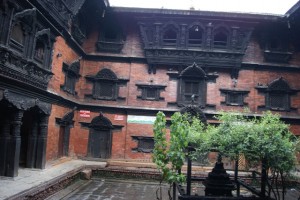
The gods and goddesses are venerated in temples and shrines found mostly in the Durbar Squares of Kathmandu and its two sister cities, Patan and Bhaktapur. The temples built of bricks with tiered roofs are one of the most outstanding contributions of the Newars to the architecture of the country. Reports by early historians and travellers show that these were inspired by the ancient Indian temples. While the basic concept remains the same in each of the durbar square, the structures vary only in size and shape. The main structures are of brick and the regal timber struts support the multi-tiered roofs that come slanting down. Most of the temples, the more important ones, have three-tiered roofs. The temples as well as the sculptures and stupas, pagodas and palaces of the durbar squares were designated UNESCO World Heritage Sights in 1979. All the durbar squares showcase the skills of the Newar artists and craftsmen.
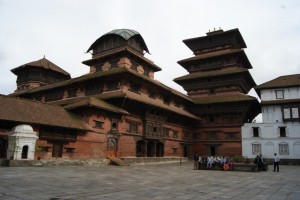
At the north eastern end of the Durbar Square is the magnificent Taleju Temple, standing 40 metres high and built on a huge stepped platform. Dedicated to the royal deity Taleju Bhawani, the temple is off limit to ordinary Hindus except during the Durga Pooja that falls between September and October. The temple built in 1562 by King Mahendra Malla used to have even human sacrifices till the practise was outlawed in 1780. The Shiva Parvati temple is an attraction not to be missed at the Durbar Square. This temple, built in the distinctive Newar style, has a single roof and holds the Navadurga, a group of goddesses, inside.

Not all the heritage of Kathmandu is about temples and palaces. Some are even about humans as well. Little girls, four to seven years old, to be exact. Worshipping a pre-pubescent girl as a source of supreme power has been prevalent all over Nepal, especially among the Newar community in the Kathmandu Valley. It was Jayaprakash Malla, the last Malla king, who first built a temple for Kumari or Durga in her virginal state. The Kumari Devi is a young girl who stays in the building called the Kumari Ghar at the southern end of the Durbar Square. This is like a golden cage as the young girl, chosen through an ancient, mystical process to find whether she is actually the reincarnation of the Hindu goddess, is not allowed to go out except on occasions.
For a serious traveller, Kathmandu Durbar Square can take up the better part of a day. As I headed out late afternoon I saw this group of fine arts students from a nearby institute honing their skills. They told me that they were observing the magnificent forms and structure and translating them to art.
What better place for that!

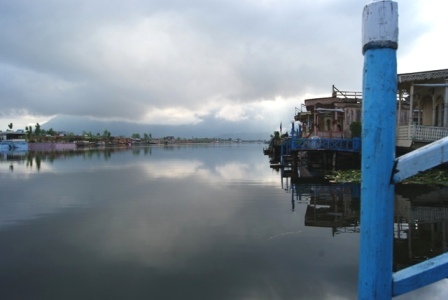

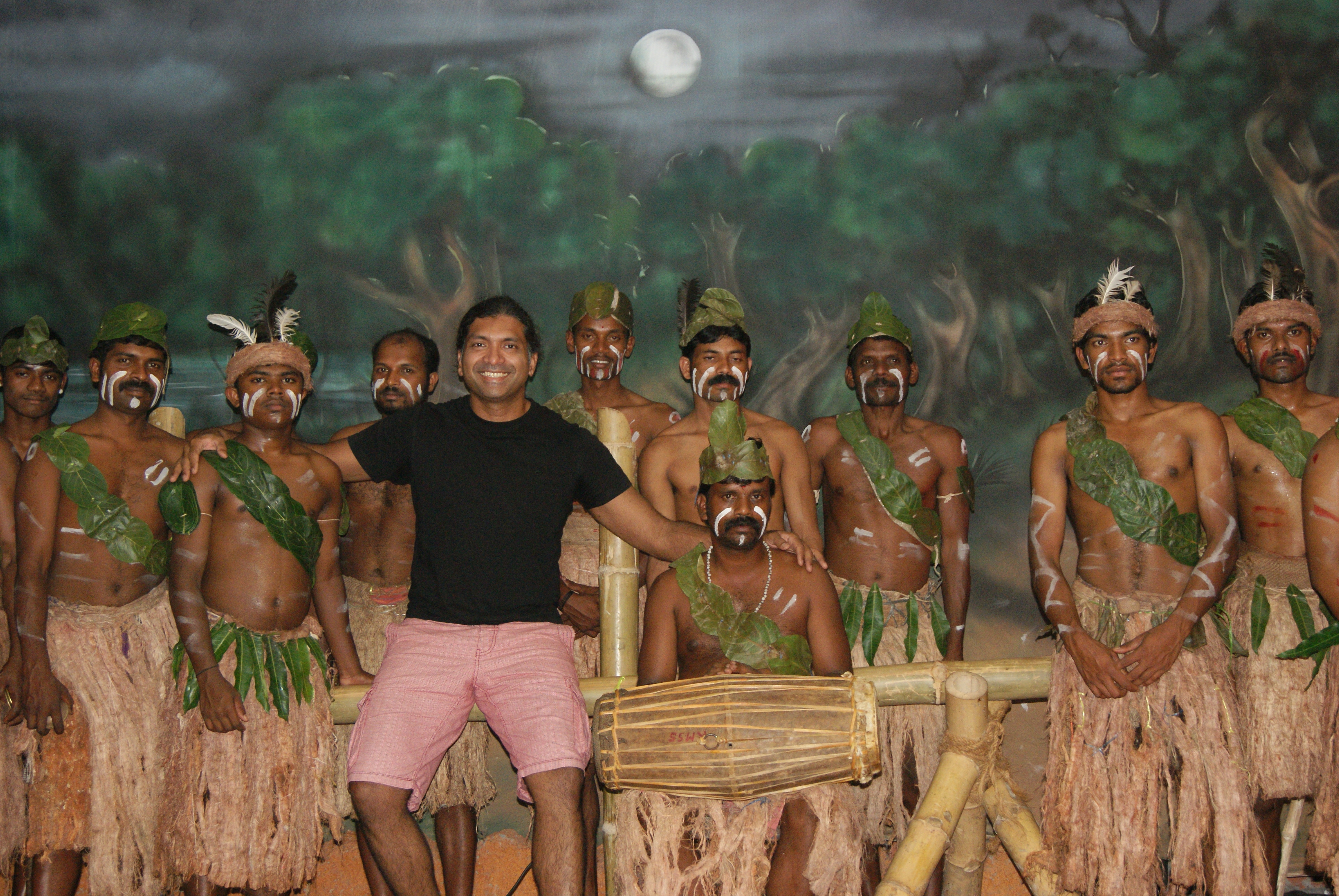
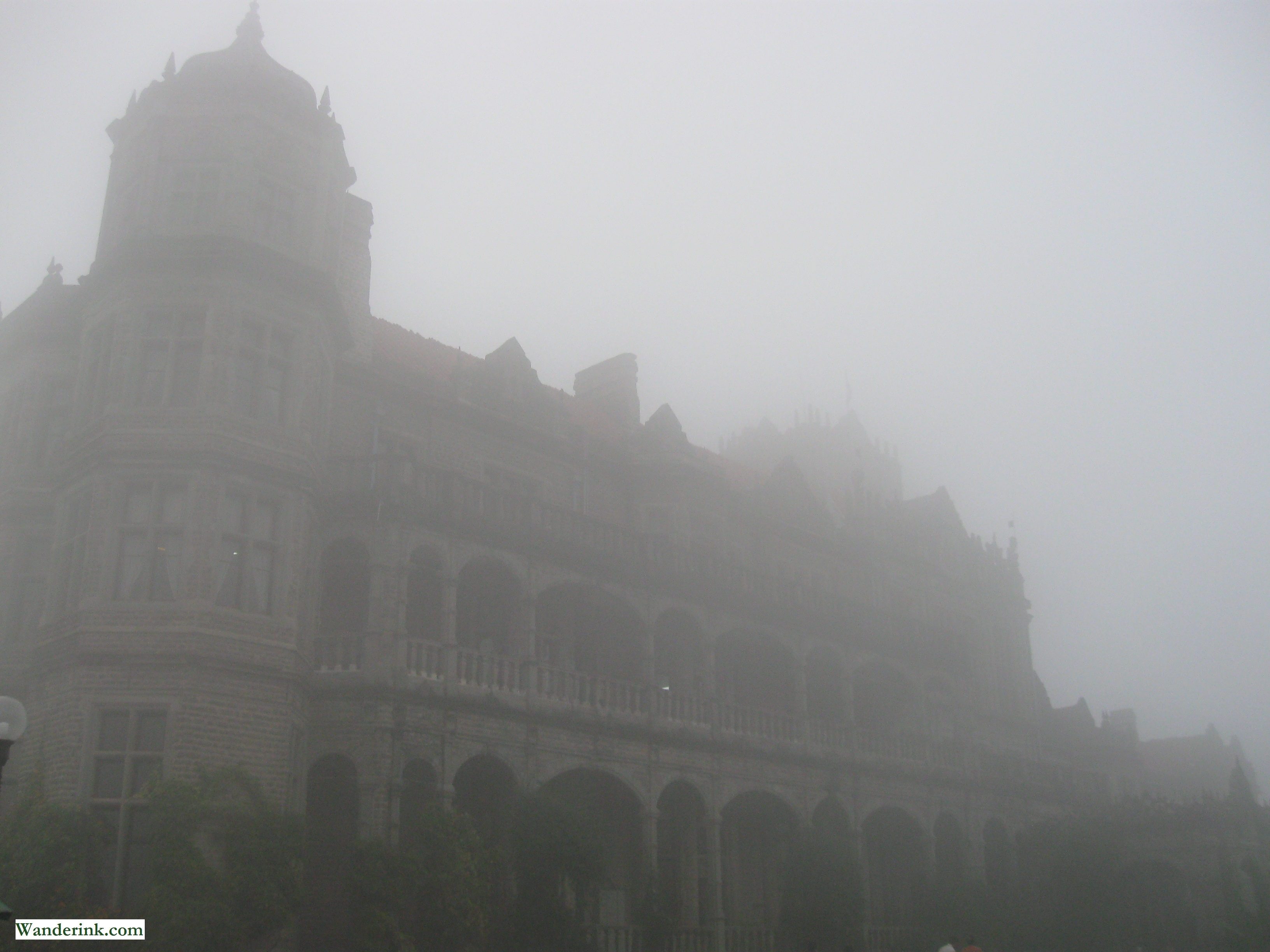
3 Comments
Ishwor Prasad Rijal
Thank you for visiting our pride!
we (Nepalese) are sorry if unwittingly any mistakes were committed during your visit!
Be in touch and keep visiting us!
Namrota
I have been in love with Nepal since ages…have visited the place as a child now would want to explore it again.
Love the post 😀
Rajesh Thapaliya
Hey Thommen Jose! Thank you very much for sharing this article. I really liked it. Keep sharing…